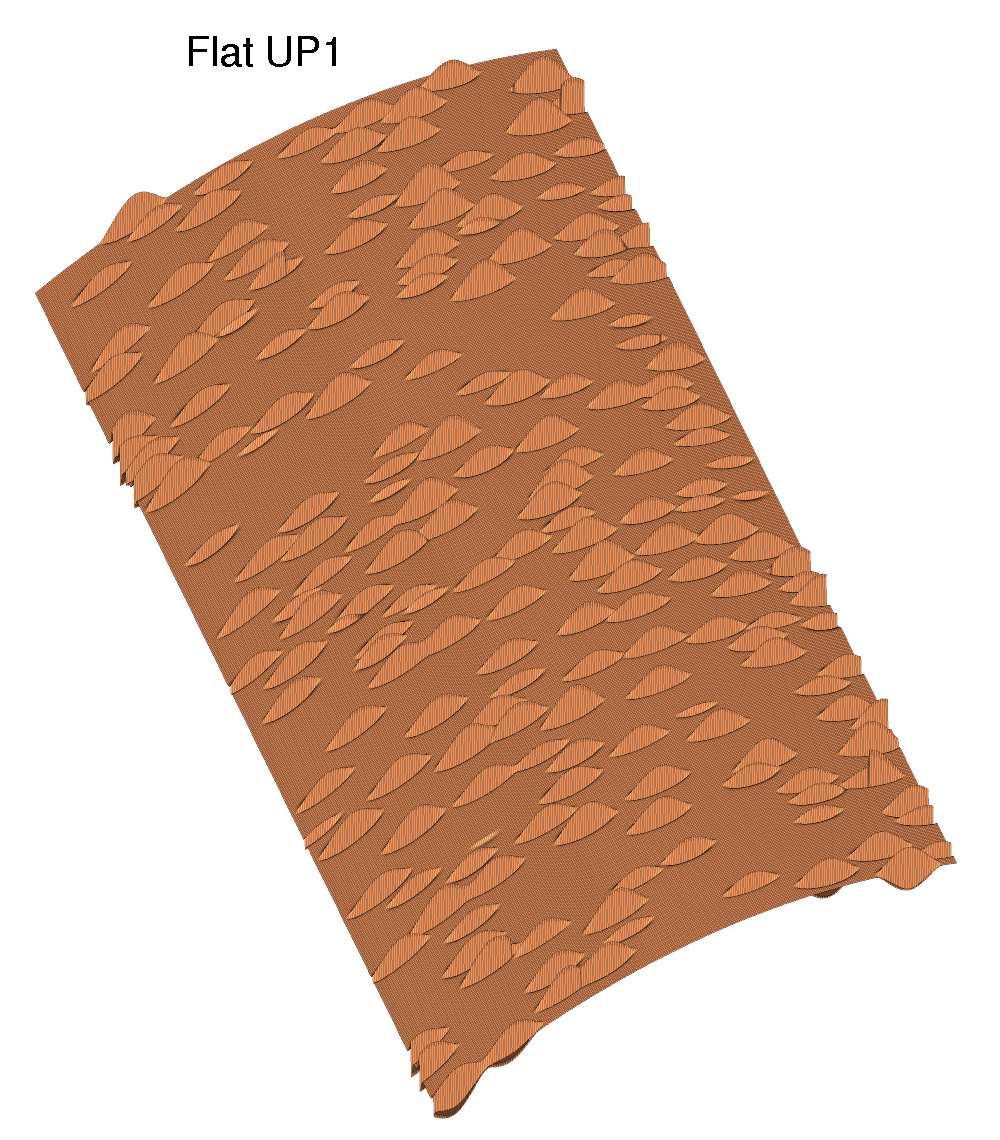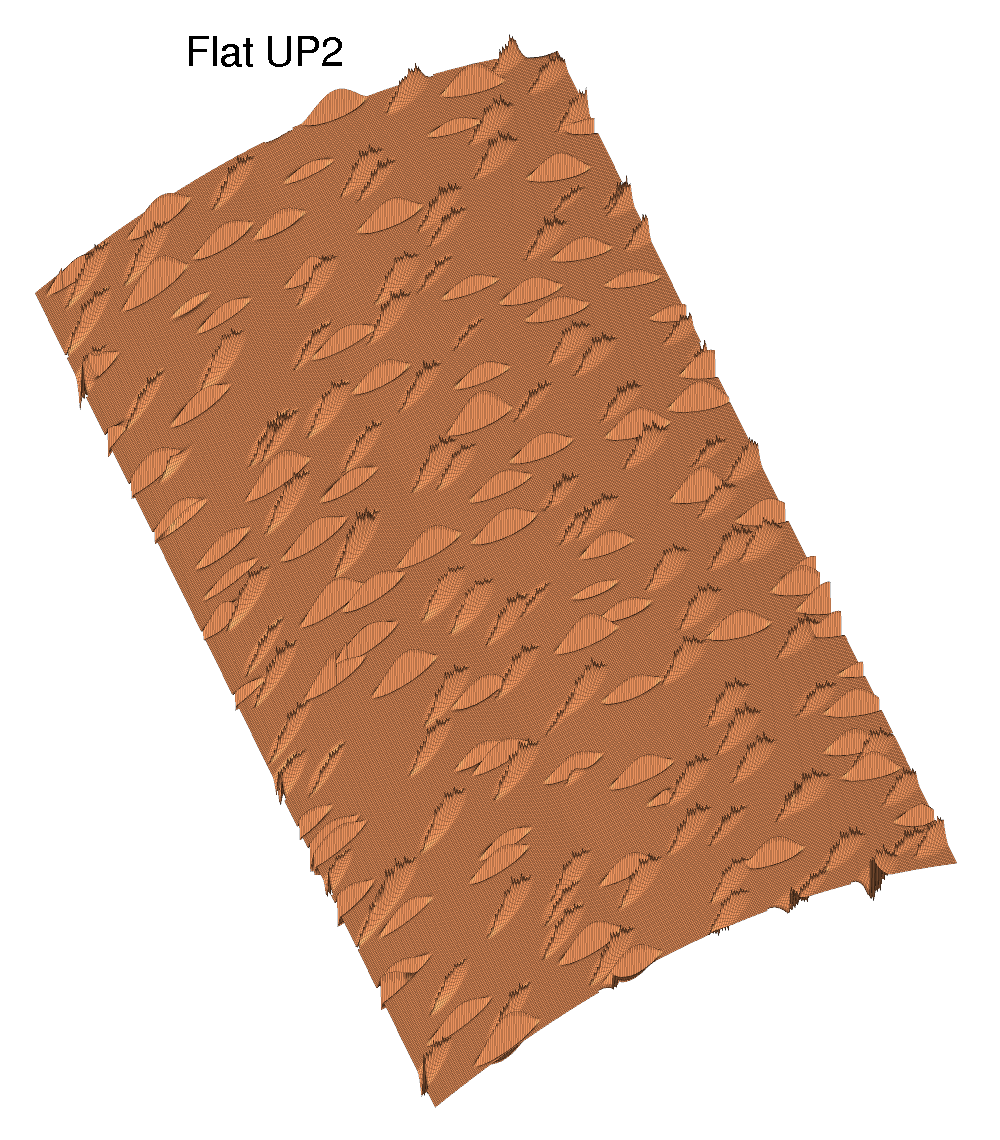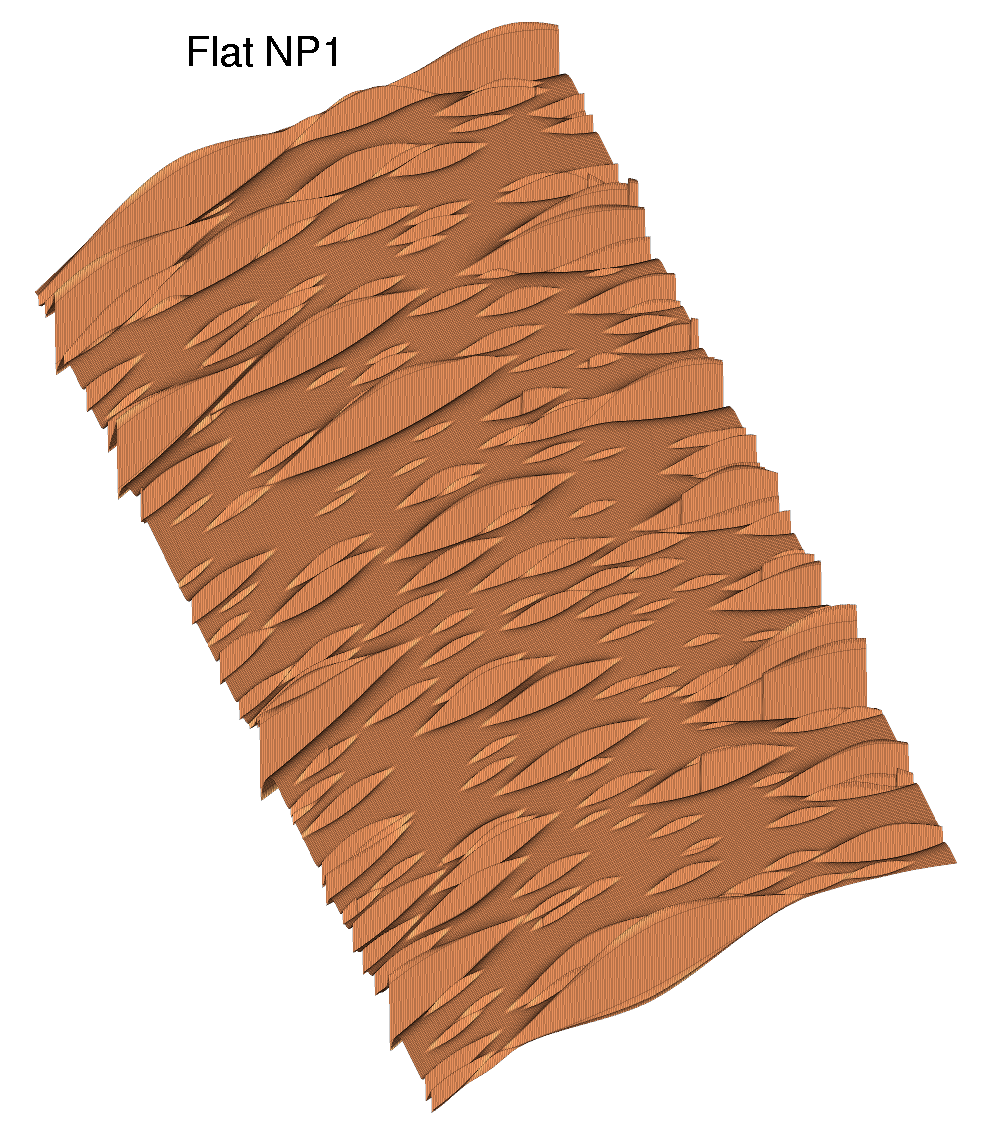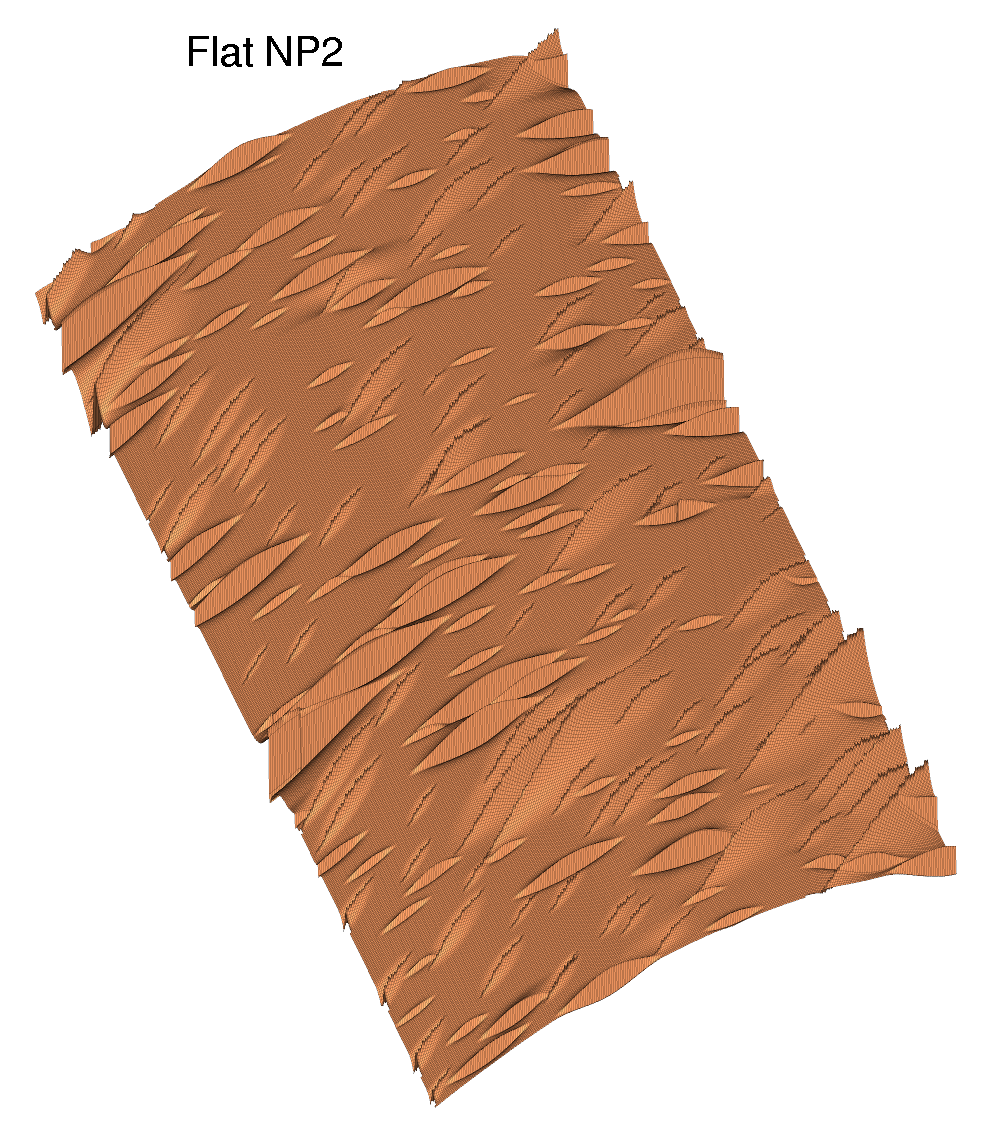Impact of Realistic Geologic Models on Simulation of CO₂storage (IGEMS)
Impact of Realistic Geologic Models on Simulation of CO₂storage (IGEMS)
The aim of the project was to show that geologically realistic models are of great importance in order to forecast realistic CO2 migration.
In the project we have studied how top surface morphology influences the CO2 storage capacity. Alternative top-surface morphologies are created stochastically by combining different stratigraphic scenarios with different structural scenarios.
Geological scenarios
For depositional features, two scenarios were chosen for which it was considered likely that a depositional/erosional topography could be preserved under a thick regional seal; the latter commonly formed by marine shale. The two scenarios reflect situations where sand deposition is suceeded by deposition of fines as a result of marine transgression:
- Offshore sand ridges covered by thick marine shale
- Preserved beach ridges under marine shale


The left figure shows a realization from the flooded marginal marine top surface model, and the right figure shows a realization of offshore sand ridges top surface. The realizations are created by Cohiba.
For comparison, we also look at a flat model. These three stratigraphic models, were combined with four different structural scenarios. Different fault patterns were generated by using Havana.




These figures show the different fault models applied to a flat top surface.
A set of 15 conceptually models is created, and several realizations of each model are generated in order to investigate the uncertainty.
Dataset
Data are available at
Surfaces contains 100 realizations for each of the 15 models, except for the flat case. Details can be found in this document.
Flow simulation and estimation of structural trapping
The CO2 storage capacity is computed by alternative methods for the different models. By looking at several realizations from the same model, we are able to quantify uncertainty. We have computed structurally trapped volumes by a simple spill point approach and by a vertically integrated flow simulation approach.
Workshop
A workshop was held in Bergen November 22-24, 2011. Follow the link to see the presentations.
Publications
- Syversveen, A.R., Nilsen, H.M., Lie, K.A., Tveranger, J., and Abrahamsen, P. (2012) A study on how top-surface morphopogy influences the CO2 capacity in Geostatistics Oslo 2012 (Abrahamsen et. al. eds.) Springer.
- Nilsen, H.M, Syversveen, A.R., Lie, K-A, Tveranger, J. and Nordbotten, J. Impact of top-surface morphology on CO2 storage capacity. (2012) In International Journal of Greenhouse Gas Control, vol 11, pp 221-325.
- Tveranger et al. (2012) Impact of top-surface morphology on CO2 sequestration. Talk at third EAGE CO2 storage workshop, Edinburgh, March 26-27 2012.

Contact information
Project period
Financing
- CLIMIT program at the Research Council of Norway
- Roxar Software Solutions


 Hvordan komme til NR
Hvordan komme til NR Del på sosiale media
Del på sosiale media Personvernerklæring
Personvernerklæring